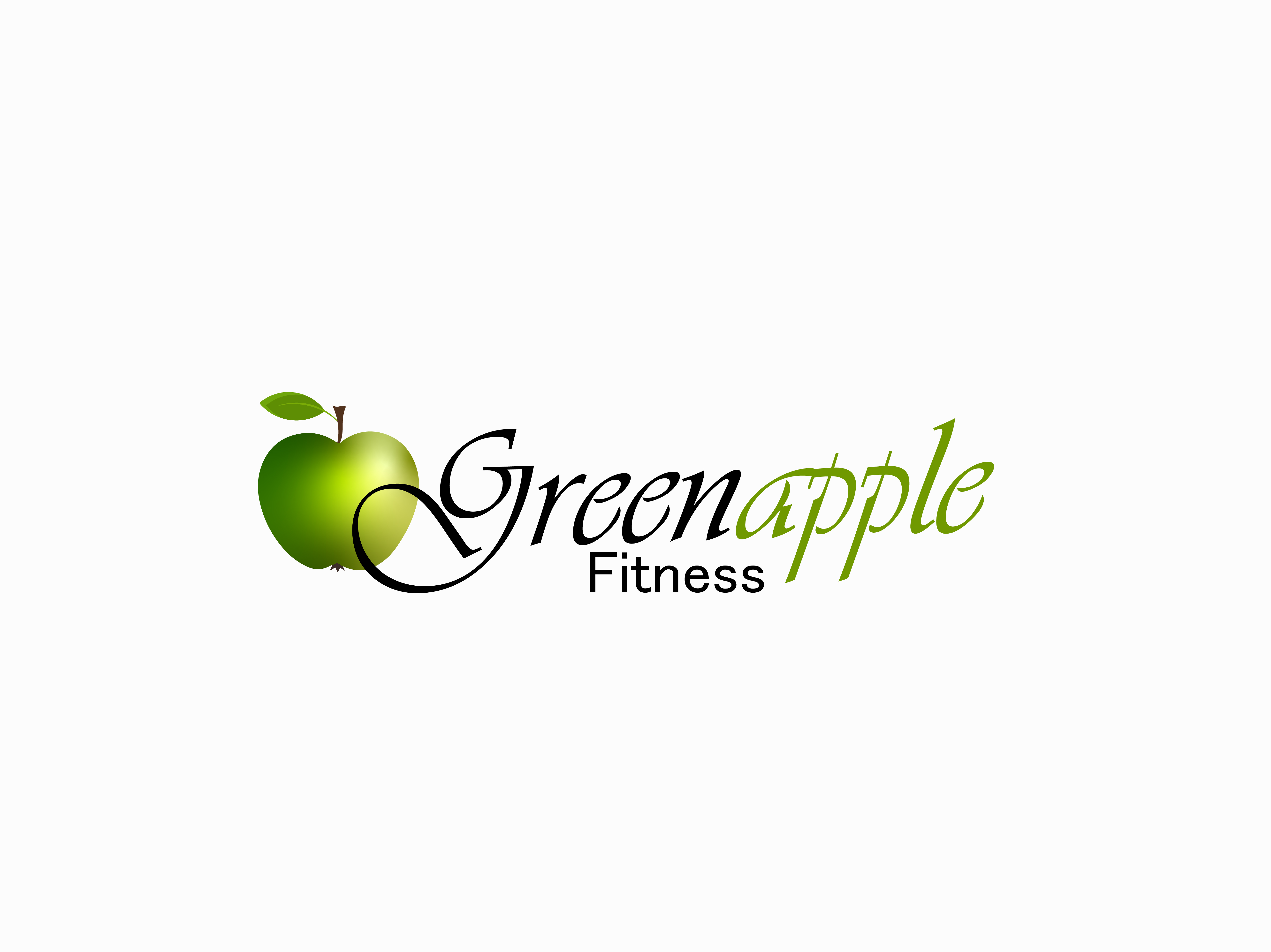Introduction
So what is this project about?

As someone who strongly believes that good mental and physical health are central to maintaining well-being, I became interested in finding out about the current issues with the latter and this project gave me the opportunity to work towards eradicating them.
Long-lasting confusion often arises when new people decide to join the gym without prior guidance. They usually rely on online routines or choose to watch video footage of activities that they think will benefit them. Some videos are long, hard to follow and / or cause a delay in beginning the desired routine. When no pre-workout preparation is done, it is difficult to acquire techniques that match the individual's expectations and body characteristics. Without the proper session materials, many would resort to improvising and conducting activities that are unrelated to their current level. In addition, the exercises selected may be carried out improperly, resulting in injury.

Search interest visualization – "best workout"

Search interest visualization – "mobile app"
The search term frequency of both "best workout" and "mobile app" has increased globally over the last 10 years (Google, 2019) (see Figures 1 and 2), indicating an increase in people's interest in finding the best online solution using a simple google search. However, because there is a great deal of variation in people's bodies and their ambitions, generic workouts are not always appropriate and can often be misleading. In addition, the progress of daily workout sessions (e.g. weight increase, number of training sessions performed, etc.) must be recorded manually using paper and pen or notes on their mobile devices.

